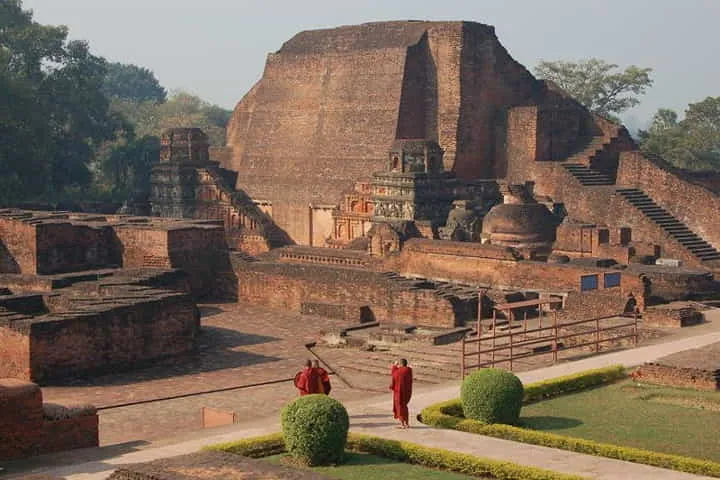The Bihar Art and Culture Minister Alok Ranjan informed the State Assembly on Thursday that the process to translate and publish original Buddhist manuscripts in hundreds from Nalanda and Vikramshila universities is underway.
Written in Sanskrit, these manuscripts were penned by scholars residing in the two universities between the 7th and 12th Centuries and their publication and translation is vital for those doing research on Vajrayana or Tibetan Buddhism, different Tantric practices and Buddhist philosophy.
The copies and translations of these manuscripts were taken to Tibet while the originals were destroyed during the burning of the ancient universities in the end of the 12th Century and beginning of the 13th by the army of Bakhtiyar Khilji.
These were later brought back to India from Tibet by monk, freedom fighter and traveller, Rahul Sankrityayan, according to the Minister.

Rahul Sankrityayan
The monk donated these manuscripts to the Patna Museum in March 1933 along with other things to be collected from Tibet.
Born as Kedarnath Pandey on April 9, 1893 was a multi-faceted personality. He was a freedom fighter, writer and a polyglot all rolled into one. Sankrityayan’s scholarship was stunning. He knew several languages and dialects including Hindi, Pali, Sanskrit, Urdu, Tamil, Persian, Kannada, Arabic, Tibetan, Sinhalese, French and Russian among others.
Unsurprisingly, he played an important role in imparting a literary accent to his travelogues, drawn from his numerous journeys, which cumulatively spanned 45 years. His intellectual pursuits covered an in-depth understanding of Buddhism to Marxism, which he eventually adopted.
According to PTI, Ranjan told the Assembly: "The State Government has signed an MoU with CIHTS for the translation and publication of original Buddhist manuscripts that were saved during the burning of two great ancient universities of Nalanda and Vikramshila and taken to Tibet. The valuable manuscripts were brought back to India by Sankrityayan are now housed in Patna Museum. The work to translate the manuscripts to Hindi and publish those is expected to be completed in five years.”
These manuscripts which number 10,000 are in three different languages, Tibetan, Sanskrit and Newari, were brought by Sankrityayan during his four trips to Tibet. Unlike British-Hungarian archaeologist and traveller Aurel Stein, who has been accused of "stealing" Buddhist artifacts from Dunhuang in China's Gansu province, and handed them over to the British Museum in London, Sankrityayan brought these precious items that reinforce India's civilizational identity back to its roots. In the process India's eminent scholar and traveller had to convince the Buddhist monasteries to open the locked vaults to gather these manuscripts and loaded them along with paintings, coins, dresses and other related objects.
These objects had been taken to Tibet by persecuted Buddhist monks from the twelfth century onwards, following the destruction of universities in India. It is said that Sankrityayan had to deploy 22 mules to ferry the material back home.




















